How Does RFID Technology Revolutionize Warehouse Management? Cykeo UHF RFID Solution Helps Boost Efficiency
318Cykeo UHF RFID Solution Helps Warehouse Management Boost Efficiency
MoreAll RFID Product
If you’ve ever tried to choose the right RFID tag for a project, you’ll know it’s never as simple as it sounds. On paper, everything looks straightforward — active, passive, semi-passive; LF, HF, UHF — just a few categories. But when you’re standing in a warehouse or production line trying to figure out why some tags read perfectly while others act like they’re invisible, you start to realize that these classifications actually define the soul of the system.
So let’s break it down — not as theory, but the way people in the field understand it.
The first and most important way to classify RFID tags is by power source — that tiny detail decides how a tag behaves, how far it talks, and how much it costs you in the long run.
Passive tags are the quiet workers of the RFID world. They don’t have a battery; instead, they borrow power from the reader’s electromagnetic field. Think of them as people who speak only when spoken to — they wait for a signal, gather a bit of energy from it, and send back their data.
They’re cheap, compact, and maintenance-free. You can tag thousands of boxes or apparel items and forget about them for years. But there’s a trade-off — their read range is short, and they don’t like metal or water too much. In warehouses with reflective surfaces or cold-chain packaging, their performance can drop fast if not properly tuned.
Then there’s the middle ground — semi-passive or “battery-assisted” tags. These have a small built-in battery that powers the chip but still rely on the reader’s signal to talk back. You can think of them like someone who’s half-asleep but wakes up instantly when you call their name.
They offer better range, more stable performance, and even allow sensor functions like temperature or humidity logging. They’re popular in logistics, cold chain, and industrial monitoring, where reliability matters more than saving a few cents per tag. The only downside? You’ll eventually have to replace the battery.
Active tags are in a league of their own. They have a full battery and transmitter, meaning they can speak up anytime — even shout across a warehouse or yard. They’re used for long-distance tracking, real-time location systems, and monitoring expensive assets like vehicles or medical equipment.
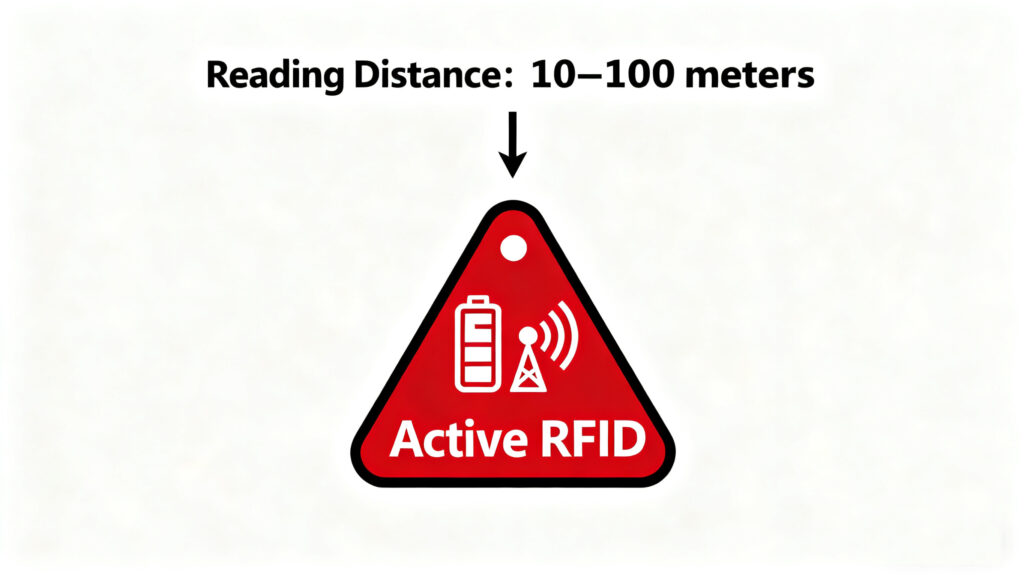
They’re powerful but also more expensive and bulkier. You don’t want to use these on individual retail items, but for tracking a shipping container or a forklift, they’re perfect. Just be prepared for periodic maintenance — no battery lasts forever.
Once you understand power types, the next layer in the classification of RFID tags comes down to frequency — the “channel” through which data travels. Each frequency band has its own personality.
LF tags operate around 125 kHz. They work slowly, with short read ranges (usually under 30 cm), but they’re tough. They don’t care much about water, metal, or dust, which makes them great for animal tracking or access control systems where reliability beats range.
HF, around 13.56 MHz, sits in the middle. It’s used in contactless cards, library systems, and NFC interactions. The range is modest — about one meter or less — but it’s stable and easy to integrate into consumer devices. If you’ve ever tapped your phone to a gate or a payment terminal, you’ve used HF RFID.
UHF tags are the rock stars of logistics. Operating between roughly 860 and 960 MHz, they offer much longer read ranges — several meters or even tens of meters with the right setup. They can read hundreds of tags in seconds, which makes them ideal for supply chains, retail, and warehouse automation.
The only catch is that UHF doesn’t like reflective or moist environments. Metal shelves, liquids, and tight spaces can distort the signal. But with proper tag selection and antenna placement, it’s still the most versatile frequency for large-scale deployments.
So how do you actually decide which tag fits your project? Forget the fancy datasheets for a moment and think about what you’re trying to achieve:
Choosing the right RFID tag isn’t just about frequency or battery — it’s about matching technology with the physical reality of your operation.
A tag that works perfectly in a lab might fail miserably on a metal rack in a cold warehouse. Similarly, a long-range active tag might be overkill for a small retail space where the goal is just to confirm items near a counter.
That’s why understanding the classification of RFID tags is less about memorizing terms and more about learning their behavior — how they interact with the real world. Once you know that, you can build systems that don’t just work, but work consistently.
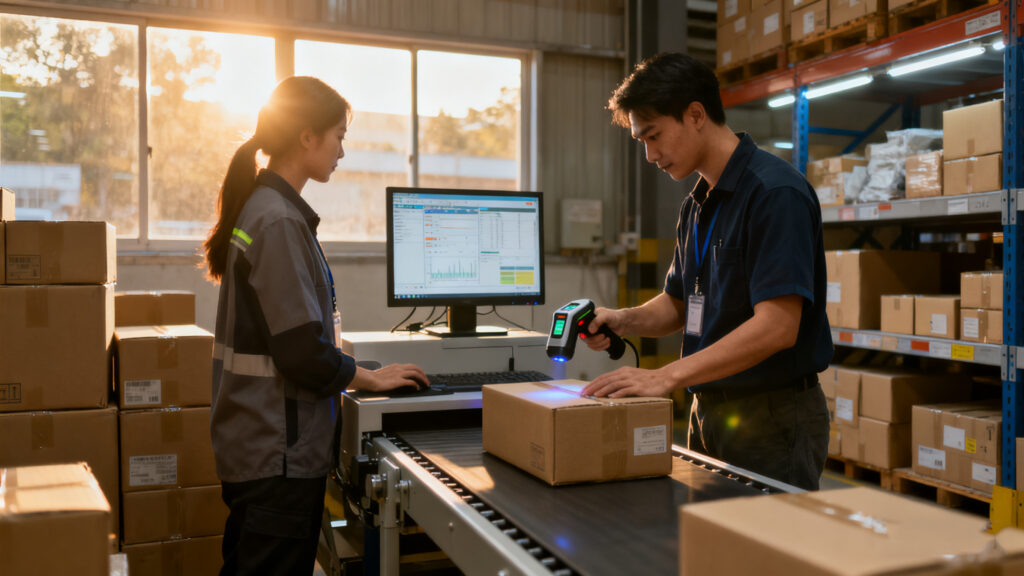
RFID technology is like a toolbox — every tag type has its purpose. Classifying them by power and frequency helps narrow down the options, but the magic lies in knowing when to mix and match.
In the end, the right choice isn’t the most expensive one or the most advanced one — it’s the one that fits your application, environment, and budget like a glove.
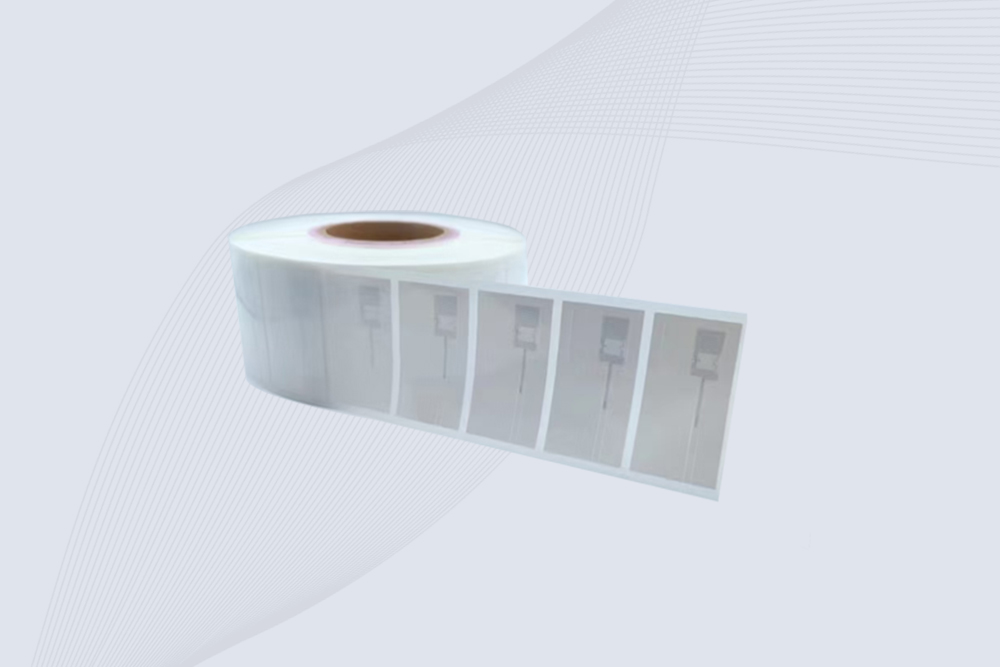
Cykeo CK-BQ6826 Jewelry uhf rfid tag features NXP UCODE 9, 8m read range on metal, and anti-counterfeit security for luxury assets.
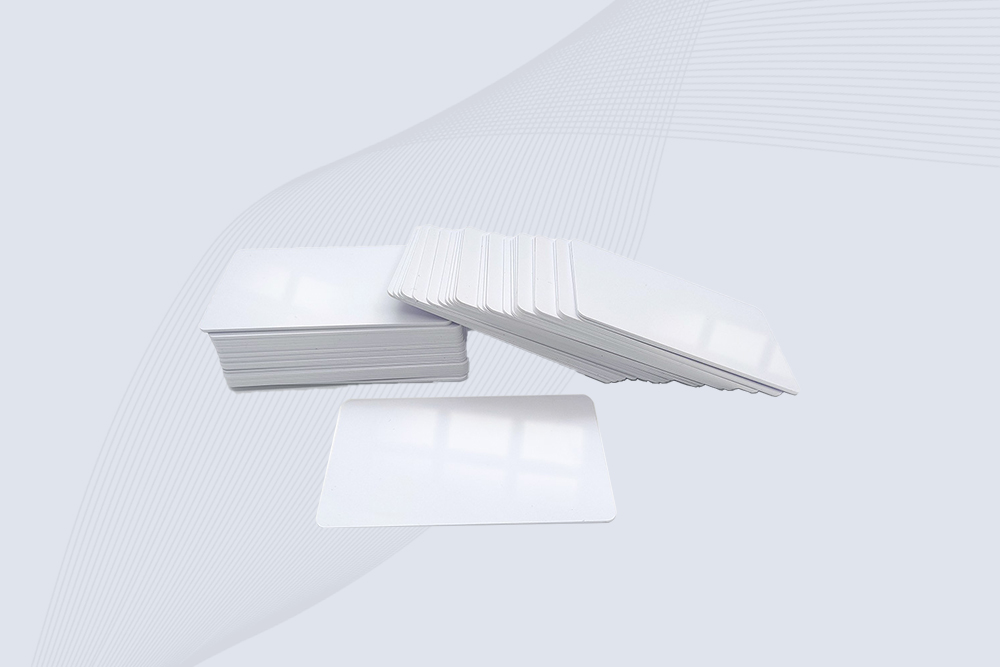
Cykeo CK-BQ8554HF HF rfid cards feature FM1108 chip, 100K write cycles, and customizable printing for access control systems.
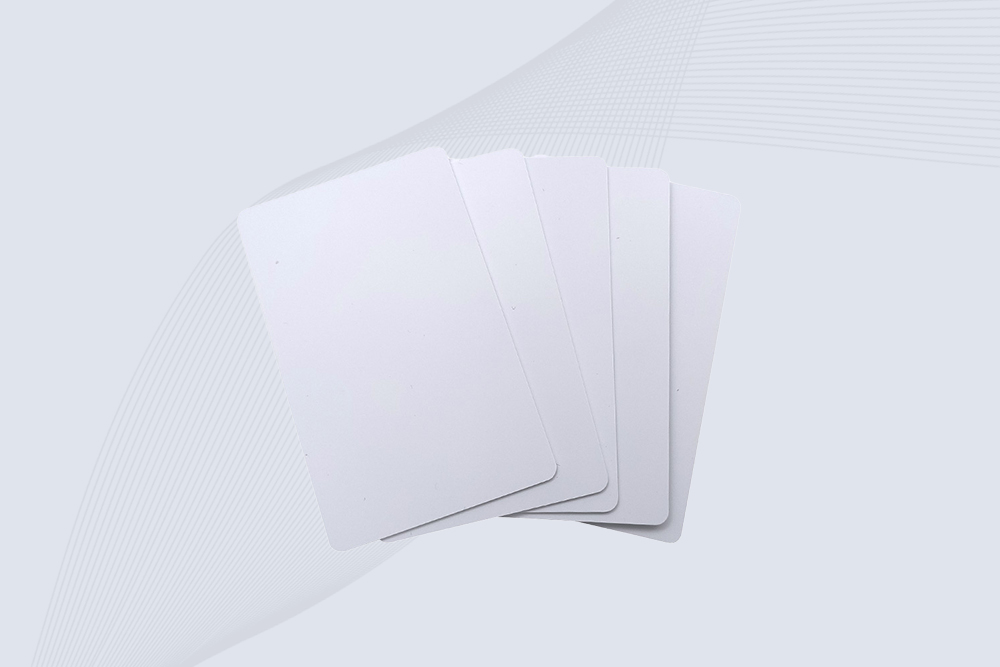
Cykeo CK-BQ8554UHF uhf rfid card features U9 chip, 100K write cycles, and CR80 size for access control/inventory management.
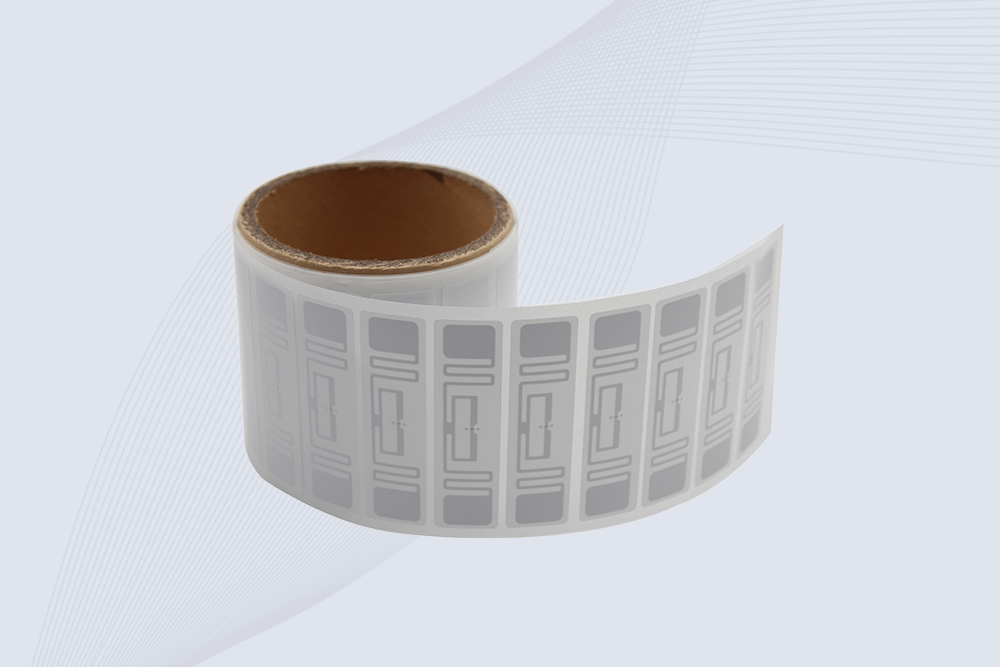
Cykeo CK-BQ7320 UHF RFID asset tag features aluminum-etched antenna, 10-year data retention, and -40°C to +85°C operation for industrial tracking. ISO/IEC 18000-6C compliant with 128-bit EPC memory.
Cykeo UHF RFID Solution Helps Warehouse Management Boost Efficiency
MoreRFID and barcode technologies are widely used in international trade, manufacturing, warehousing, and retail industries. This article provides a detailed comparison of the two in terms of identification methods, reading efficiency, data capacity, ...
MoreDiscover how RFID cards work: components, security features, and applications in access control, payments, and identity management. Powered by radio wave technology.
Morehow RFID antennas work, optimize read zones, handle industrial interference, and ensure reliable tag reading in warehouses and logistics systems.
More